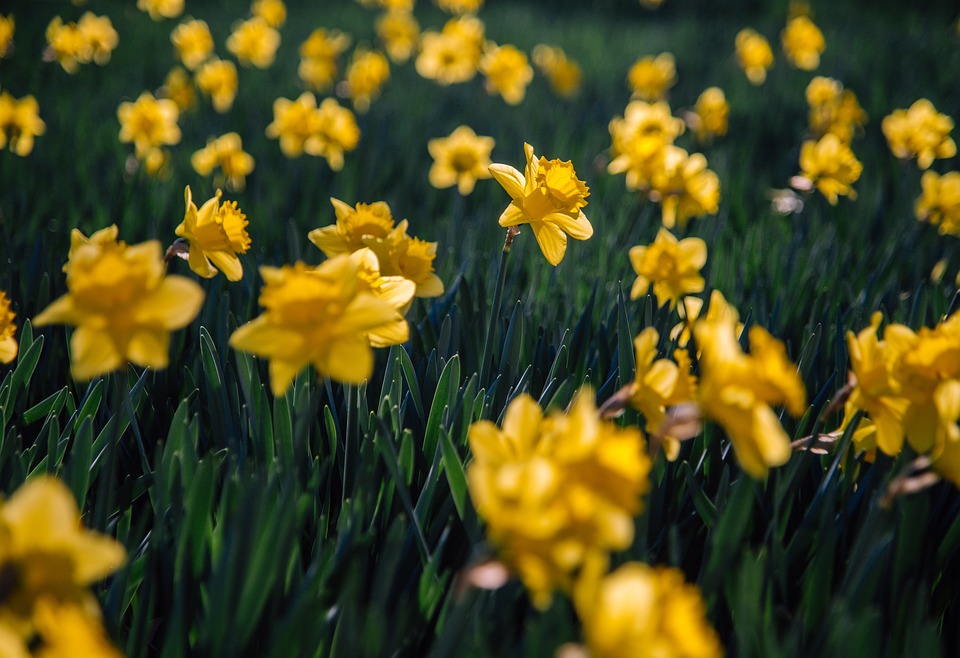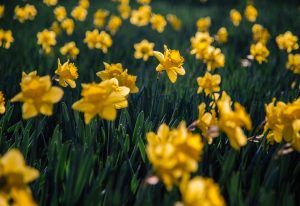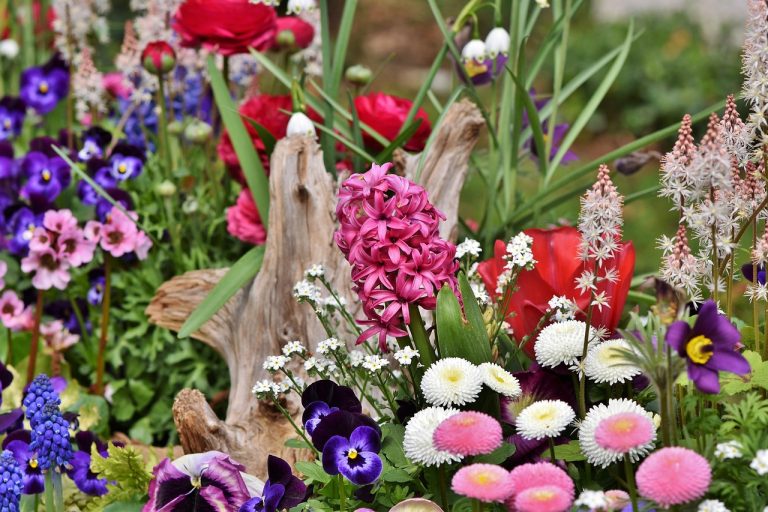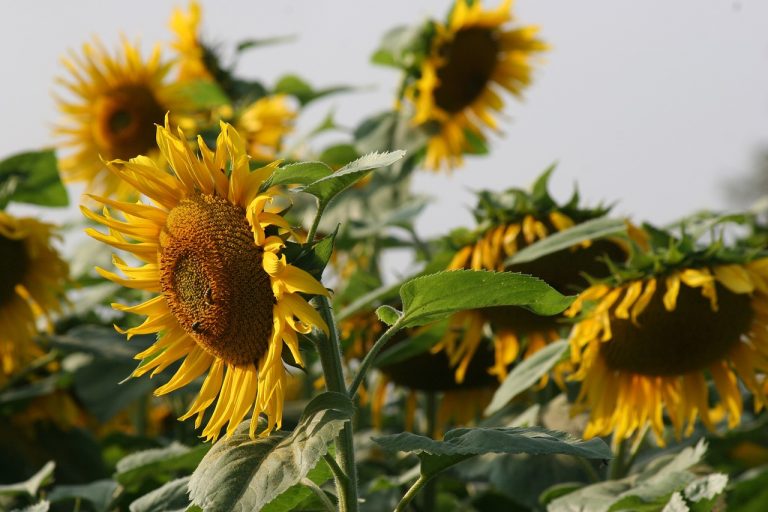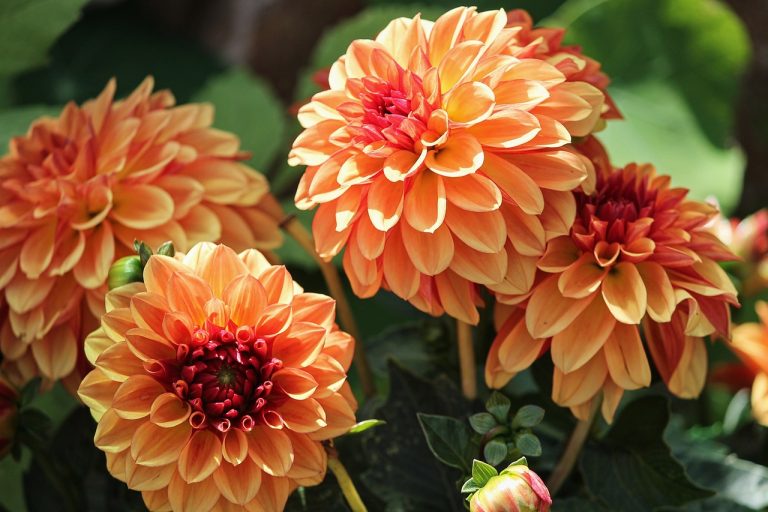WHY ARE MY DAFFODILS NOT FLOWERING
“Are your daffodils failing to bloom despite your best efforts? It’s a frustrating sight for any gardening enthusiast. But fear not, as we dive into the mystery behind these elusive blooms. From sunlight scarcity to overcrowded bulbs, there’s a plethora of reasons why your daffodils might be holding back their vibrant display. Join us on a journey through the garden’s secrets as we uncover the solutions to your floral dilemma.”
WHY ARE MY DAFFODILS NOT FLOWERING?
Discover common causes and solutions. Lack of sunlight, improper planting depth, overcrowding, and inadequate fertilization may hinder blooming.
Ensure daffodils receive at least six hours of sunlight daily. Plant bulbs at the correct depth—around 6 inches deep. Divide overcrowded clumps every few years. Boost blooms with a balanced fertilizer in early spring. By addressing these factors, you can encourage your daffodils to bloom beautifully.”
ENVIRONMENTAL FACTORS
LACK OF SUNLIGHT
One common reason for daffodils not flowering is insufficient sunlight. Daffodils thrive in full sun or partial shade. If they’re planted in a shady area, they may not receive enough light to bloom.
IMPROPER SOIL CONDITIONS
Daffodils prefer well-drained soil with good organic content. Soil that is too compacted or lacks nutrients can hinder their growth and flowering. Testing your soil’s pH levels and amending it accordingly can promote healthier blooms.
INCORRECT PLANTING DEPTH
Planting daffodil bulbs too shallow or too deep can affect flowering. Bulbs should typically be planted at a depth of 6 to 8 inches. If they’re too shallow, they may not receive enough insulation from the cold, while planting them too deep can inhibit their ability to emerge and flower.
CULTURAL PRACTICES
OVERCROWDING
Over time, daffodil bulbs can multiply and become overcrowded. When this happens, they may compete for resources, resulting in fewer flowers. Dividing and replanting bulbs every few years can help alleviate overcrowding and encourage better flowering.
IMPROPER FEEDING
Daffodils are heavy feeders and require regular fertilization to thrive. Using a balanced fertilizer in early spring can provide the nutrients they need for robust growth and abundant flowering. However, excessive fertilization can lead to lush foliage at the expense of flowers, so it’s essential to follow recommended guidelines.
INCORRECT WATERING
While daffodils don’t require a lot of water once established, inadequate moisture during their growing season can impact flowering. Conversely, overwatering can cause bulbs to rot. Finding the right balance and ensuring consistent moisture levels is key to promoting flowering.
PEST AND DISEASE ISSUES
PEST DAMAGE
Pests such as aphids, thrips, or nematodes can damage daffodil foliage and bulbs, affecting their ability to flower. Regular inspection and appropriate pest control measures can help mitigate this issue.
DISEASE PROBLEMS
Daffodils are susceptible to diseases like bulb rot, botrytis, and narcissus yellow stripe virus, which can weaken the plant and inhibit flowering. Proper sanitation, good cultural practices, and prompt treatment of any disease symptoms can help prevent these issues.
Frequently Asked Questions (FAQ) about Why Are My Daffodils Not Flowering:
Why aren’t my daffodils flowering at all?
There could be several reasons for this, including insufficient sunlight, improper planting depth, overcrowding, or lack of nutrients. Evaluating these factors can help identify the issue.
How much sunlight do daffodils need to bloom?
Daffodils typically require at least six hours of sunlight per day to bloom. If they’re planted in a shady area, they may not receive enough light to produce flowers.
Is it possible to overwater daffodils?
Yes, overwatering can lead to issues such as root rot, which can prevent daffodils from flowering. Ensure that the soil is well-draining and avoid excessive watering, especially during the dormant period.
Can daffodils be affected by pests or diseases that prevent flowering?
While daffodils are generally resistant to pests and diseases, they can still be affected by issues like bulb rot or aphid infestations, which may hinder flowering. Proper care and maintenance can help prevent these problems.
Should I fertilize my daffodils to encourage flowering?
Yes, fertilizing daffodils with a balanced fertilizer in early spring can help promote healthy growth and blooming. Be cautious not to over-fertilize, as this can lead to issues such as excessive foliage growth at the expense of flowers.
How often should I fertilize my daffodils?
It’s best to fertilize daffodils once a year in early spring before they start actively growing. Use a balanced fertilizer following package instructions.
Can I plant daffodils in pots?
Yes, daffodils can be grown in pots as long as the pots have adequate drainage holes and the bulbs are planted at the correct depth.
Should I remove daffodil foliage after flowering?
It’s essential to allow daffodil foliage to die back naturally after flowering. Removing it prematurely can weaken the bulbs and affect next year’s blooms.
How deep should I plant daffodil bulbs?
Daffodil bulbs should be planted at a depth of 6 to 8 inches, with the pointed end facing upwards.
Can daffodils be grown indoors?
Daffodils can be forced to bloom indoors by chilling the bulbs for several weeks before bringing them into a warm, well-lit environment.
CONCLUSION
Understanding the reasons behind your daffodils’ reluctance to bloom is the key to resolving the issue and ensuring a breathtaking floral display in your garden. By addressing factors such as sunlight exposure, planting depth, overcrowding, and fertilization, you can empower your daffodils to thrive and dazzle with their vibrant blooms. With patience, care, and the right knowledge, you’ll soon be rewarded with a flourishing sea of golden blossoms, bringing joy and beauty to your outdoor space.

